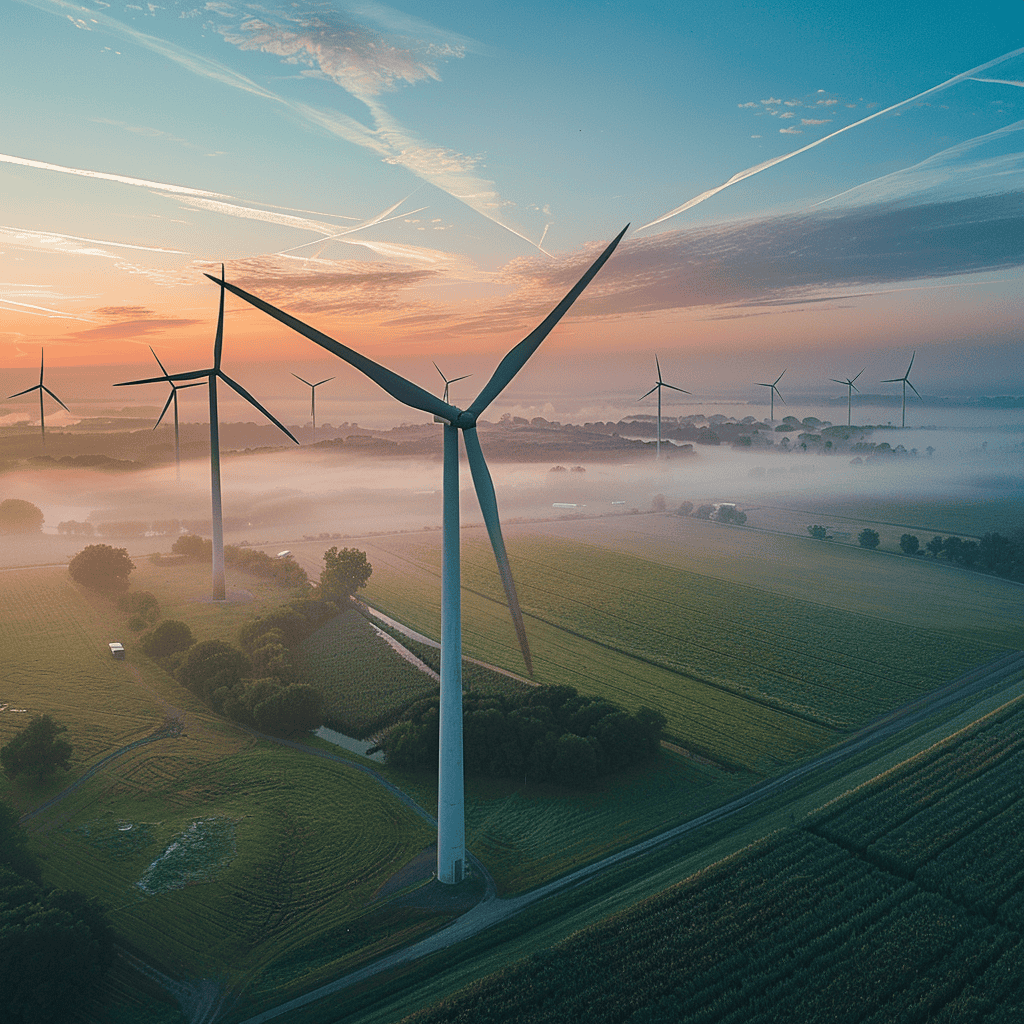
The European Commission has approved a whooping €998 million Dutch subsidy to ramp up green hydrogen production. The Dutch government plans to scale up to 3-4 gigawatts by 2030, aligning with EU climate goals. A competitive bidding system for subsidies is in place to ensure efficient fund allocation and rapid expansion of green hydrogen infrastructure.
Substantial support for the European Green Deal
The European Commission’s approval of the €998 million subsidy is a strategic move to bolster the EU’s climate agenda. By providing significant financial support to the Netherlands, the EU aims to accelerate the development of green hydrogen technologies. This initiative is expected to create numerous jobs, stimulate technological innovation, and enhance energy security and is part of the overarching EU’s objective of achieving climate neutrality by 2050 and advancing the European Green Deal goals.

This move follows Spain’s subsidy for renewable hydrogen projects. The country recently received €1.2 billion in subsidies for plans aiming to develop ‘hydrogen valleys’ and achieve 11 gigawatts of electrolyzer capacity by 2030.
Dutch hydrogen targets
The main goal of the investment is renewable hydrogen. The Netherlands aims to achieve 500 megawatts of electorlysis capacity by 2025. Electrolysis is a key process in the production of green hydrogen, using electricity to split water into hydrogen and oxygen. This ambitious target is part of the broader EU Hydrogen Strategy, which seeks to increase the production and use of renewable hydrogen across Europe.
Competitive bidding system
The EU has implemented a competitive bidding system for subsidies. This system ensures efficient allocation of funds and rapid expansion of green hydrogen infrastructure. By fostering competition, the EU aims to promote cost-effective and high-quality renewable energy projects. Both sunny Spain and the windy Netherlands are examples of ambitious players in the EU’s renewable energy landscape with big investments and bold targets.

